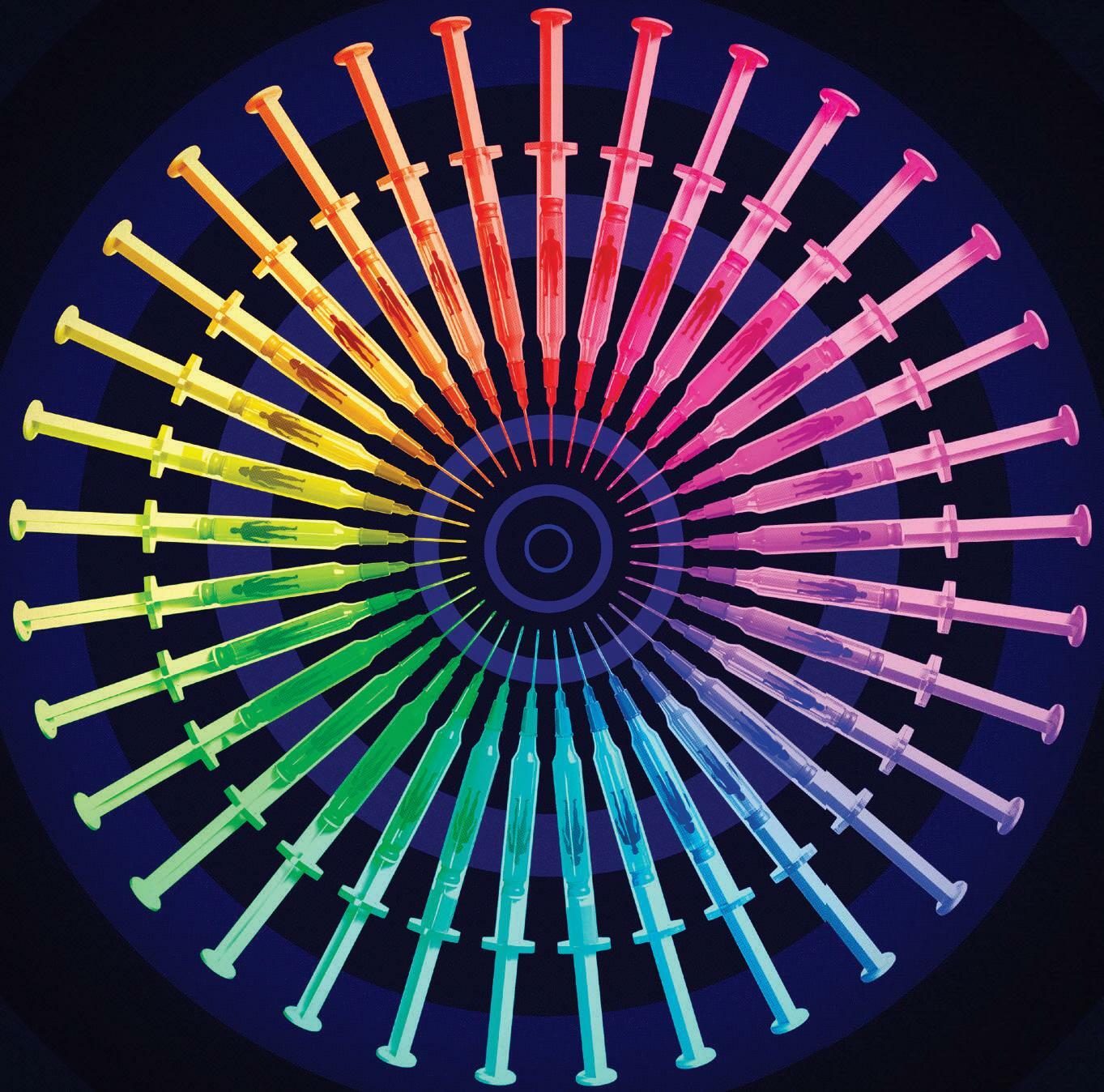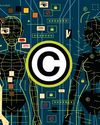Versuchen GOLD - Frei
YOUR PERSONALIZED CANCER VACCINE
Scientific American
|December 2025
Vaccines based on mRNA can be tailored to target a cancer patient's unique tumor mutations. But crumbling support for cancer and mRNA vaccine research has endangered this promising therapy

AS SOON AS BARBARA BRIGHAM'S CANCEROUS PANCREATIC TUMOR was removed from her body in the fall of 2020, the buzz of a pager summoned a researcher to the pathology department in Memorial Sloan Kettering's main hospital in New York City, one floor below. Brigham, now 79, was recovering there until she felt well enough to go home to Shelter Island, near the eastern tip of Long Island. Her tumor and parts of her pancreas, meanwhile, were sent on an elaborate 24-hour course through the laboratory. Hospital staff assigned the organ sample a number and a unique bar code, then extracted a nickel-size piece of tissue to be frozen at -80 degrees Celsius. They soaked it in formalin to prevent degradation, then set it in a machine that gradually replaced the water in each cell with alcohol.
Next, lab staff pinned the pancreas to a foam block, took high-resolution images with a camera fixed overhead and used a scalpel to remove a series of sections of tumor tissue. These sections were embedded in hot paraffin and cut into slices a fraction of the thickness of a human hair, which were prepped, stained and mounted on glass slides to be photographed again. By the time a pathologist looked at Brigham's tumor under a microscope the next day, more than 50 people had helped steer it through the lab. Still, this work was all a prelude.
The real action came some two months later, when Brigham returned to the hospital to receive a vaccine tailored to the mutations that differentiated her tumor from the rest of her pancreas. Made of messenger RNA (mRNA) suspended in tiny fat particles, the vaccine was essentially a set of genetic instructions to help Brigham's immune system go after the mutant proteins unique to her tumor cells. It was, in other words, her very own shot.
Diese Geschichte stammt aus der December 2025-Ausgabe von Scientific American.
Abonnieren Sie Magzter GOLD, um auf Tausende kuratierter Premium-Geschichten und über 9.000 Zeitschriften und Zeitungen zuzugreifen.
Sie sind bereits Abonnent? Anmelden
WEITERE GESCHICHTEN VON Scientific American
Scientific American
Will We Run Out of Rare Earth Elements?
These valuable but difficult-to-extract metals are increasingly important to modern life
1 mins
December 2025

Scientific American
Copyright Laws Can Stop Deepfakes
The U.S. should give its residents rights to their own face and voice
4 mins
December 2025

Scientific American
50, 100 & 150 Years
“The list of first-aid procedures that the medical profession encourages laypeople to undertake is short because of concern that tactics applied in ignorance may do more harm than good.
3 mins
December 2025

Scientific American
Dramatic Atmosphere
Exoplanet TOI-561 b has air where none should persist
2 mins
December 2025

Scientific American
The Mother of Depressions
Postpartum depression is a leading cause of death among new mothers. A new type of drug offers better, faster treatment
16 mins
December 2025

Scientific American
Going Rogue
A massive study may improve the prediction of dangerous rogue waves
3 mins
December 2025

Scientific American
Phages Caught Sleeping
Bacteria use hibernating viruses to immunize themselves
2 mins
December 2025
Scientific American
THE COVERT HERBARIUM OF CRYPTOGAMIC BOTANY
A century ago a father and a son labored to replicate the intricate structure of nearly eight hundred species of plants in four thousand delicate models.
1 min
December 2025

Scientific American
Are AI Chatbots Healthy for Teens?
Kids crave approval from their peers. Chatbots offer an alternative to real-life relationships, but they can come at a price
5 mins
December 2025

Scientific American
The Myth of the Designer Baby
Parents beware of any genomics firm saying it can help them with “genetic optimization” of their embryos
5 mins
December 2025
Listen
Translate
Change font size

